At present, the access control system has become a very important part of the security system. And smart card plays an important role in the access control system. We also call it Access Control Card. The access control card is the most common smart card, which is often used in our life. But do you know how many types of access cards are there? What’s the difference between the IC access card and ID access card? How should we choose?
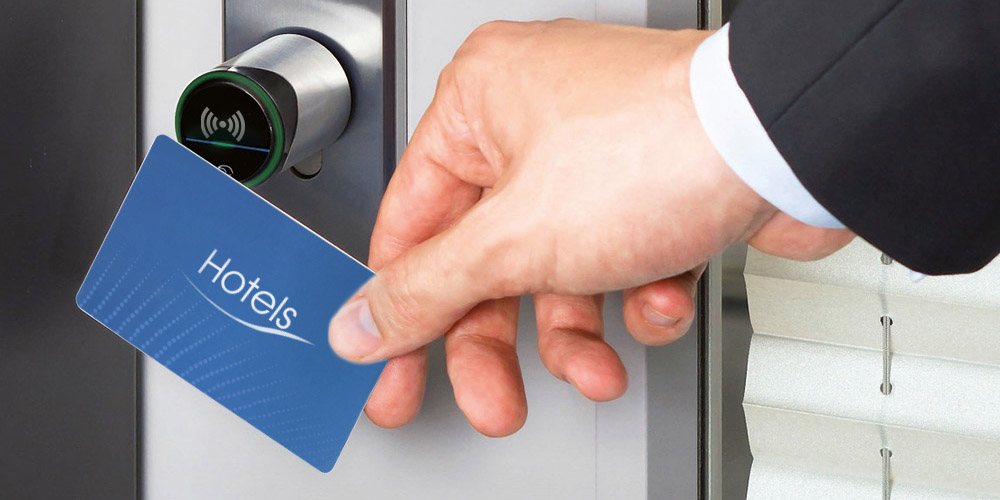
ID Card
ID card often works on 125 kHz frequency and is made of PVC or ABS. The common ID access card is the EM Card, using EM4100 and TK4100 chips. The reading distance is 2cm to 15cm. In the ordinary access control system, there is no doubt that the EM card is the most practical kind of access card. It features long reading distance, high market share, and relatively mature technical practice.
This ID access card is cheap and widely used in low-cost fields. It is powered by the induction of the card reader that reads out the unique card number stored in the chip EEPROM.EM Card is read-only and contains a unique 64b anti-rewrite password. The card number has been solidified at the factory, unique and not changeable.
Due to the EM card cannot store consumption and other data, so it can only be used to open the door. If we still need some fees or trading functions at the gate, then this kind of card is really inadequate. And there is another drawback, easy to copy, low-security performance.
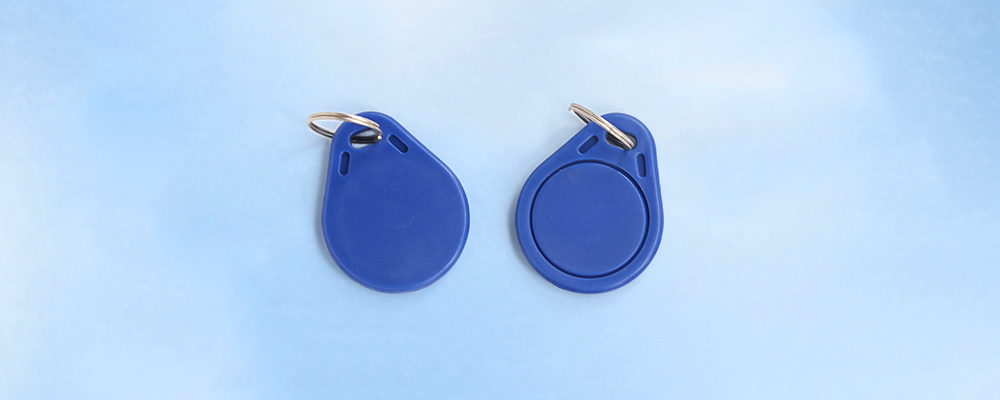
IC Card
The working frequency of the IC card is 13.56MHz. There is a microelectronic chip into the card. And it exchanges information through the induction of radio waves or electromagnetic fields. It is usually used for access control, bus tolls, subway tolls, and other occasions.
IC Access Card features contactless, convenient, long life up to 10 years, high-security. Moreover, it can connect with computer, two-way control can be realized, and it is difficult to copy. But the cost is very high.
The most common contactless IC card in the market is the M1 Card. Integrated circuits in M1 cards include encryption logic circuits and programmable read-only memory. The encryption logic circuit can protect the card and the data in the card, but it is only low-level protection against malicious attacks.
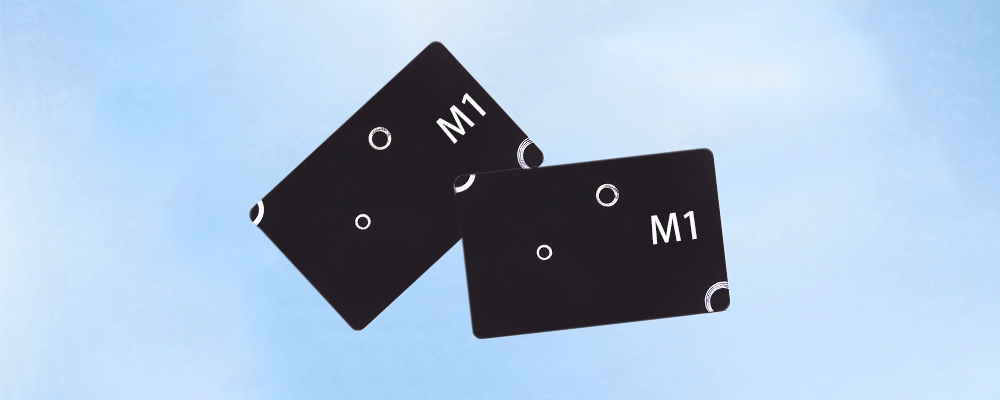
CPU Card
Because the ID access card is easy to be copied and the IC card is easy to be cracked, the CPU access card is derived. CPU Card contains a microprocessor, which function is equivalent to a microcomputer. CPU Card is a kind of IC Card, the frequency is also 13.56MHZ.
The key advantage of CPU Card is encryption technology, which is up to the security standard of the financial level. It can be applied to many fields such as finance, insurance, traffic police, government, and so on. Also, it features large user space, fast reading speed, supporting multi-use of one card, etc.
In terms of appearance, the CPU Card is no different from an ordinary IC card and RF card, but its performance has been greatly improved. It has higher security than that of the ordinary IC card. CPU Card contains a random number generator, hardware DES, 3DES encryption algorithm, etc.

Besides, according to the appearance, access cards can be divided into two: standard cards and non-standard cards. The standard card is of international uniform size, whose size is 85.5mm×54mm×0.76mm. Due to the demand for individuality and printing is not limited by size, so non-standard card born. RFID Keyfob is one of them, and it is also a very popular access control card.
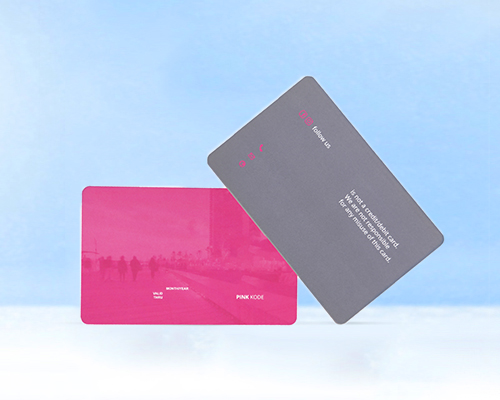
Standard Smart Cards
What’s the Difference?
ID card is easy to copy and low security. But it is very popular in low-security applications as its low cost and batch replication.
Contactless IC card can sense from a long distance and open the door. So it is widely used in the field of access control. And the M1 card can also meet some simple records or transfers.
Of course, if we also need to add other contents in the application of the access control system, CPU Card is the best. The CPU card has stronger security than the traditional M1 card.
Comparison of ID Card, IC Card and CPU Card
| Item | Frequency | Function | Security | Cost |
| ID Card | 125 kHz | Read-only | Low | Low |
| IC Card | 13.56 MHz | Read-Write | High | High |
| CPU Card | 13.56 MHz | Read-Write | Highest | High |
How to Choose?
Each access smart card has its own advantages and disadvantages. Security, Cost, and Specific Application are what you need to consider most. You can refer to the table above to choose from. If you still don’t know how to choose, or if you haven’t found the access card you need, please feel free to contact us.
Relevant articles
- The Most Complete Guide To Custom Smart Cards
- What is RFID Smart Card?
- Why Hotels Use Key Cards Instead of Keys?
- Proximity Card: A Cost-effective Solution for Access Control
- RFID for Access Control Management You Would Like to Know
- What are the Different Types of RFID Tags
- RFID Product Process – All you want to know is here

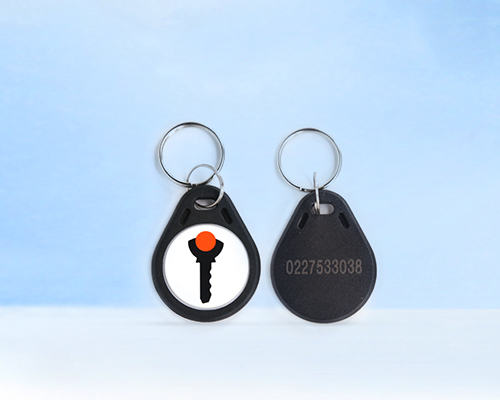





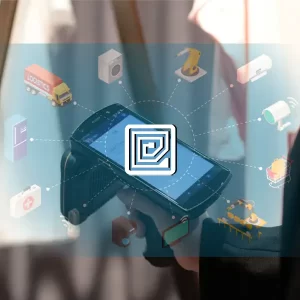
Literally the summary table in the last with different cards,levels of security and the frequency at which they operates is enough for any one to choose the right as per the application and budget